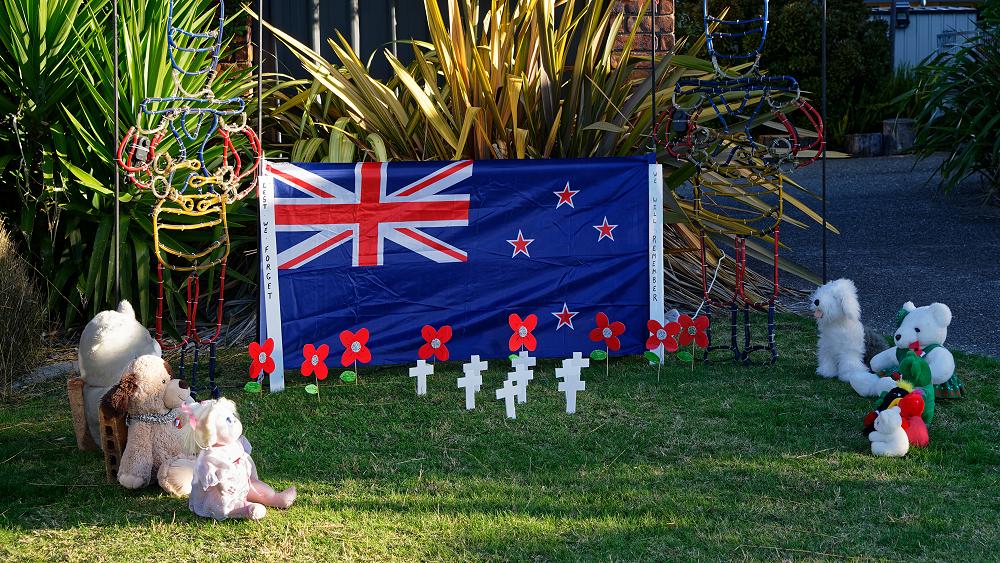
COLUMN: Cross Currents
Whither Religious Life?
CLANZ, the Congregational Leaders of Women’s and Men’s Religious Congregations in New Zealand, met in February. The theme of their meeting was “Emerging Futures”, which focused on the various issues facing Catholic sisters, brothers and religious priests at a time of diminishing numbers and rising median age throughout the Western world — as once flourishing communities face an uncertain future.
The Marist priests and brothers arrived in New Zealand from France in 1838, followed soon after by Mercy sisters from Ireland, the Mission sisters from France and the Dominican sisters and Christian brothers from Ireland. Other congregations arrived in the 20th century. Almost all of these women and men were involved in the education of Catholic Pākehā children. In 1877, when the government decreed that education was to be free, secular and compulsory, the burgeoning Catholic school system relied on Religious as teachers. They were not paid much and Catholic parents raised funds for the building and maintenance of the schools.
Vatican II Call for Renewal
Two events changed that. First, Vatican II called Religious to a new understanding of Religious Life, one that was to respond more effectively to the needs of the modern world. Sisters, and to a lesser extent brothers and priests, responded with enthusiasm and generosity to this new direction, but to their surprise, the rejuvenation of Religious Life did not result in more young people seeking to join. In fact, the reverse happened.
Integration Act and Catholic Education
The second event was the 1975 Integration Act when the government began paying teachers’ salaries and other costs incurred by Catholic schools, although not capital costs. This development led to many sisters, brothers and priests moving out of the Catholic school system and lay people moving in.
We cannot underestimate the work of so many dedicated Religious from the mid-19th century through to latter decades of the 20th century. As one former teacher said: “The great contribution of priests and brothers was to take the Irish [boys] from the bogs to the boardroom.”
Religious Congregations were founded to provide education to those who might otherwise have missed out. Now our governments are providing education and assuming responsibility for other social services that formerly were the responsibility of church groups. Religious today are searching for relevance in the world.
Faith Works in Culture
The American theologian H Richard Niebuhr’s 1951 publication Christ and Culture can provide some insights not only for Religious Life but also for wider Church community where a similar decline is occurring. Monastic culture, with its emphasis on escape from the world, deeply influenced 19th-century founders of religious congregations. The injunction "Do not love the world or anything in the world” (1 John 2:15), was taken seriously. Vatican II was to change all that. The important biblical text was “God so loved the world” (John 3:16). Faith against culture was out, and faith and culture was in.
More conservative and traditionalist Catholics can often feel deeply affronted by what they perceive as the close relationship between faith and contemporary culture, and attribute all problems facing today’s Church to that closeness. Thus, Joseph Ratzinger blames the sexual revolution of the 1960s for sexual abuse crimes in the Church. What conservatives in the Church today, religious or lay, seem to want, is a return to the Church of the 1950s, when priests reigned supreme, when women knew their place, when a dead language (Latin) was the language of the universal Church and when culture was virtually ignored. There was no such word as inculturation.
But Vatican II requires all of us to recognise that the joys and the hopes, the griefs and anxieties of humankind in this time of uncertainty are to be “the joys and hopes, the griefs and anxieties of the followers of Christ” (Gaudium et Spes, 1). We cannot try and escape from our contemporary cultural reality, and if we are to meet its challenges it will not be by returning mindlessly to the Catholicism of the 1950s. Francis is something of a light in the darkness for us all as he urges us to bring about justice for the poor, show mercy towards the sinner and to care for the environment.
Susan Smith is a Sister of Our Lady of the Missions living near Onerahi north of Whangarei. She is a theologian, author, gardener and environmentalist.
Tui Motu Magazine. Issue 248 May 2020
